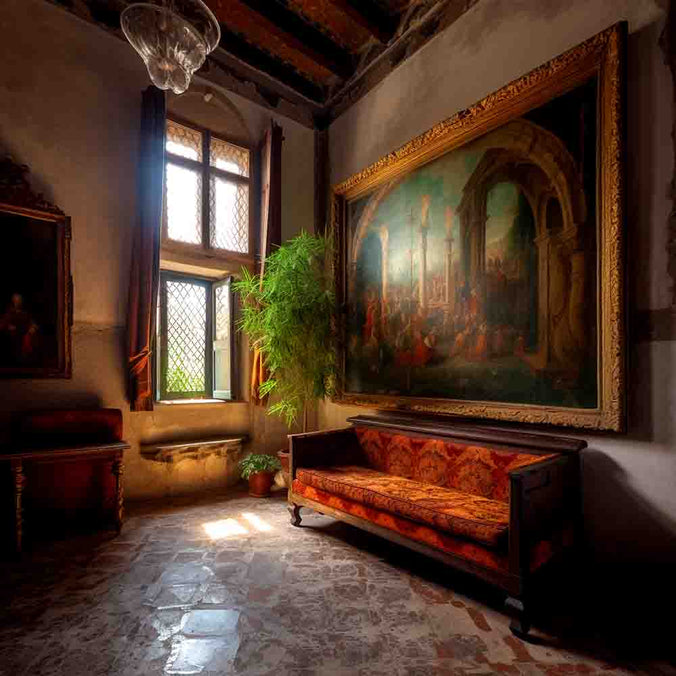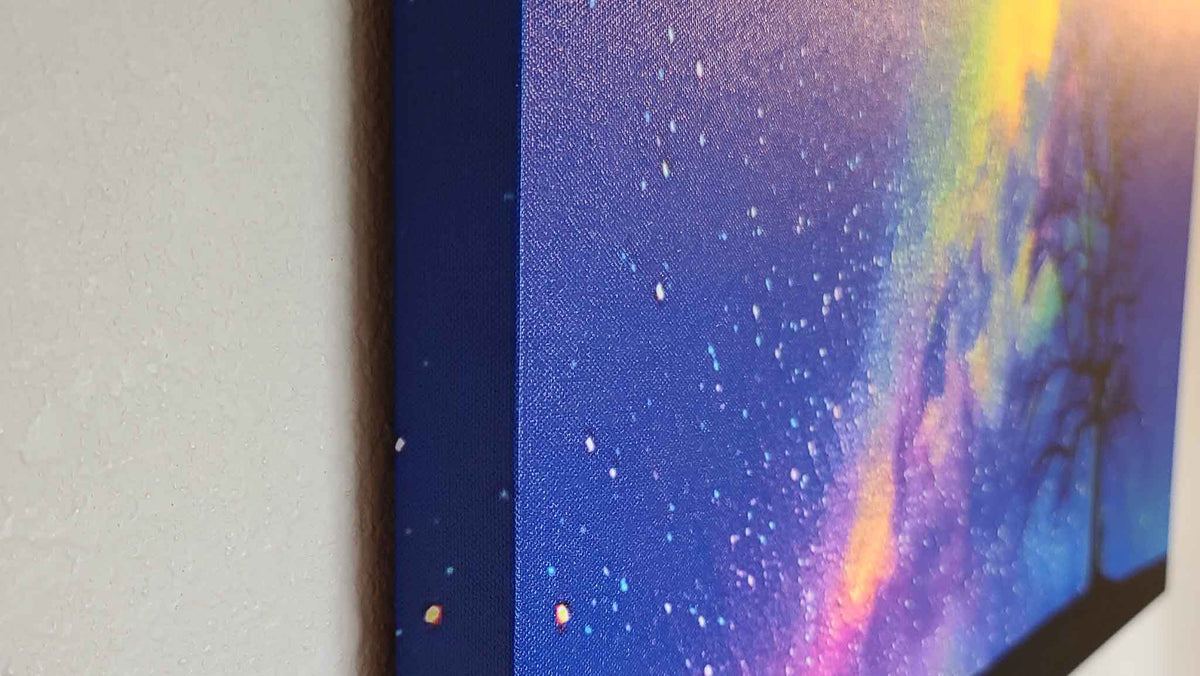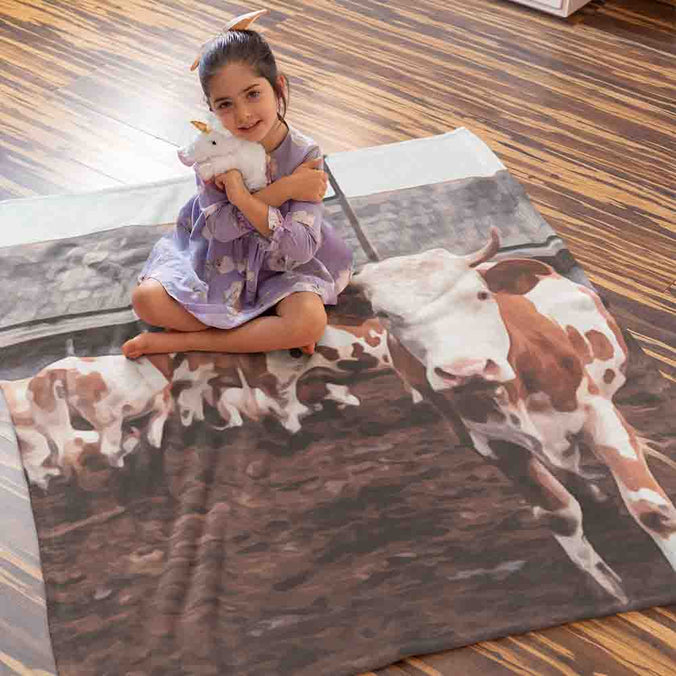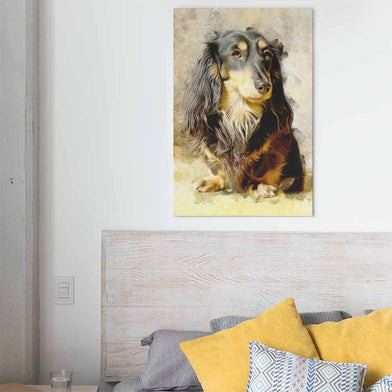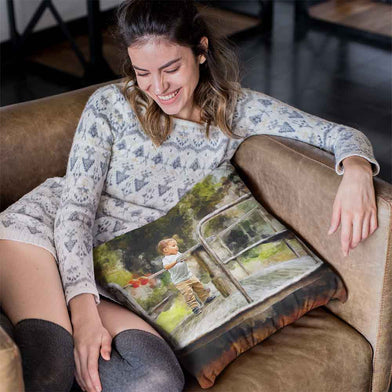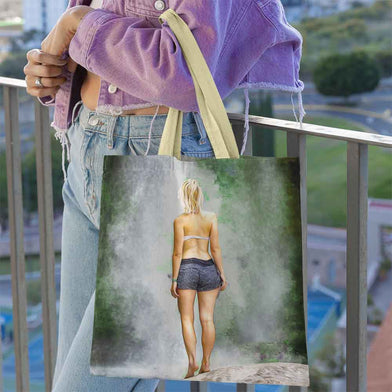What is the Difference Between a Cushion and a Throw Pillow?
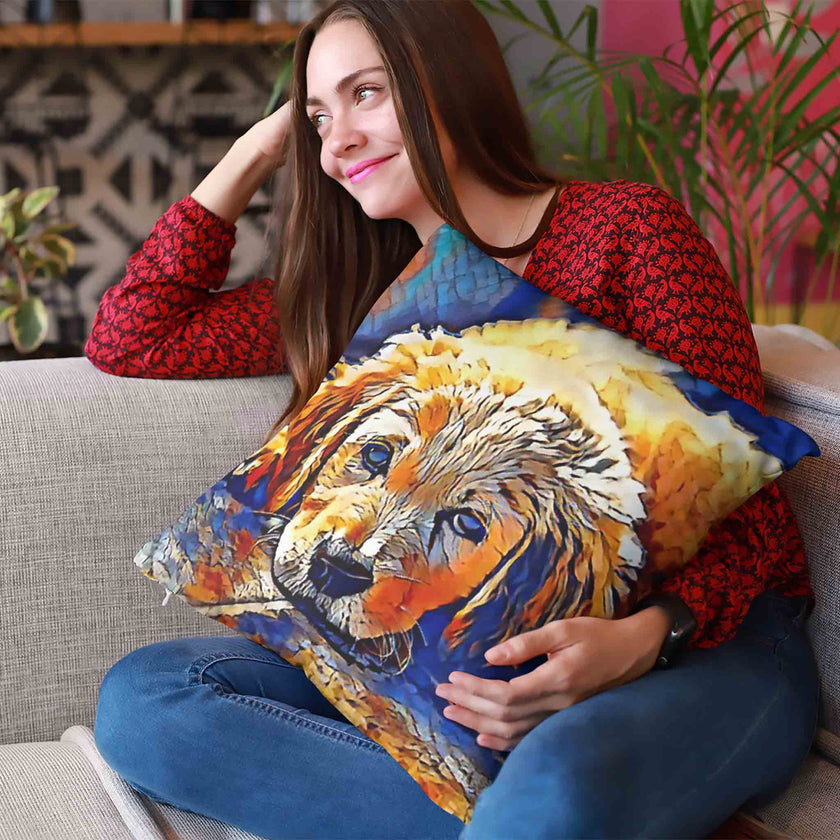
What is the Difference Between a Cushion and a Throw Pillow?
Cushions and throw pillows may appear similar, but they serve different purposes and have distinct characteristics. Cushions are typically smaller, used for comfort, and feature envelope-style closures. Throw pillows are more decorative, come in various shapes and sizes, and often have hidden zippers. Throw pillows are made from synthetic materials, while cushions use natural materials like feathers and down. Both types can be customized and arranged to create visual balance and harmony in a space. Proper care and maintenance will extend their lifespan, while eco-friendly and sustainable options contribute to a healthier living space.
"Scatter Cushions" essentially throw pillows
The primary distinction between scatter cushions and throw pillows lies in the materials used. Throw pillows are usually made of synthetic materials like foam or vinyl, whereas scatter cushions consist of natural materials like feathers and down. Natural materials are lighter and easier to mold but are more expensive and harder to clean than synthetic alternatives.
To create a cohesive look, choose scatter cushions that are within the same color family as the rest of the room. Aim to match at least three different colors or patterns on each cushion. If you're unsure about your selections, use the rule of three for a visually appealing outcome. Scatter cushions have removable covers with envelope openings or hidden zippers.
The purpose of throw pillows
Throw pillows serve various functions, ranging from simple to ornate, and can add a personal touch to interior décor. Typically used on sofas, beds, armchairs, and floors, throw pillows are available in numerous colors and materials. They are not designed for sleeping but can be used for sitting up or adding a decorative touch. Mix and match throw pillows carefully, choosing a lead pattern and exploring scale and size. Select one or two contrasting colors, or experiment with different shades of the same fabric. Maintain consistency, and change colors seasonally.
The purpose of cushions
Cushions and throw pillows have a rich history. In ancient Japan, cushions called "zabuton" were used for floor seating and filled with soft materials. They were scattered around rooms, especially when entertaining guests. With the Industrial Revolution, new technologies and materials emerged, including the textile industry, making decorative cushions more accessible.
Nowadays, pillows and cushions serve various purposes, from relaxation to decoration. Cushions add comfort and coziness to a room and can be changed seasonally. They are more practical than throw pillows, providing support to the head, neck, and spine. Cushions hold their shape longer, while throw pillows require regular fluffing.
You need throw pillows for your seating
Throw pillows are essential for seating areas and should be chosen to match the room's theme. They should be large enough to fit the seating area and are most suitable for large sofas and sectionals. Bigger pillows can create an upscale lounge feel but may look out of place on a smaller sofa.
Selecting new pillows can be challenging due to the vast variety available. When buying new pillows, choose ones that match the color of the furniture and the room's predominant color. Keep your selections seasonal to add variety and freshness. Throw pillows are an excellent way to incorporate color and style into your living room. Opt for pillows with similar tones and hues and mix patterns and designs for a cohesive and interesting look. Throw pillows also offer the perfect opportunity to experiment with patterns and colors.
Caring for and maintaining your cushions and throw pillows
Proper care and maintenance of your cushions and throw pillows will extend their lifespan and keep them looking fresh. Always follow the manufacturer's care instructions, which can typically be found on the label. Generally, it's advisable to vacuum them regularly to remove dust and dirt. Spot clean stains as soon as they occur, using a mild detergent and a damp cloth. Some throw pillow covers are machine washable, but make sure to check the label before attempting this. To maintain the shape of your pillows, fluff them regularly and rotate their positions to ensure even wear.
Customizing cushions and throw pillows for a personalized touch
Adding a personal touch to your cushions and throw pillows is an excellent way to showcase your unique style. You can choose custom fabric, embroidery, or appliqué designs to create a one-of-a-kind piece. Monograms or initials are another popular options to personalize your pillows. If you're skilled in sewing or have access to a local seamstress, you can also have your cushion and throw pillow covers custom-made, allowing you to mix and match fabrics and patterns for a truly bespoke look.
Seasonal and themed throw pillows for added visual interest
Switching up your cushions and throw pillows according to the seasons or special occasions is a simple yet effective way to keep your space looking fresh and updated. For example, during the holidays, consider adding festive-themed pillows to your décor. In the spring, opt for lighter colors and floral patterns. By rotating your pillow collection throughout the year, you can achieve a new look without having to invest in a complete room makeover.
Proper pillow placement: tips and tricks for creating visual balance
Arranging your cushions and throw pillows strategically can create a sense of visual balance and harmony in your space. Start by placing larger pillows at the corners of your sofa or bed, then layer smaller ones in front. Mix shapes and sizes to add visual interest, but don't overcrowd your seating area. A good rule of thumb is to use an odd number of pillows, as this tends to create a more pleasing arrangement. Don't forget to incorporate different textures and patterns to create depth and dimension in your décor.
The role of cushion and throw pillow inserts
The insert is an essential component of any cushion or throw pillow. It provides the support and structure needed for the pillow to maintain its shape and function. Inserts are typically filled with materials such as polyester fiber, down feathers, or memory foam. When selecting an insert, consider factors such as firmness, loft, and allergen concerns. Keep in mind that you may need to replace your inserts over time, as they can become less supportive with use.
How to mix and match cushions and throw pillows for the perfect look
To create a visually appealing mix of cushions and throw pillows, start by choosing a color palette that complements your existing décor. Then, incorporate a variety of patterns, such as florals, geometric designs, and solids. Be mindful of scale, using both large and small patterns to create balance. Layer different textures, such as velvet, linen, and faux fur, for added depth. Don't be afraid to experiment with different combinations until you find the perfect look that suits your space and personal style.
The benefits of eco-friendly and sustainable cushion and throw pillow options
As environmental awareness grows, many people are opting for eco-friendly and sustainable cushions and throw pillows. These options may include pillows made from organic or recycled materials, as well as those manufactured using eco-conscious processes. By choosing environmentally friendly products, you're not only reducing your impact on the planet but also promoting a healthier living space for you and your family. Look for certifications such as GOTS (Global Organic Textiles Standard) when shopping for eco-friendly options.
To summarize, cushions and throw pillows may appear similar, but they serve different purposes and have distinct characteristics. Cushions are typically smaller and used for comfort, while throw pillows are more decorative and come in various shapes, sizes, and materials. By understanding the subtle differences between these two types of pillows, you can make informed decisions about which to use in your home.
Additionally, we've covered several related topics, including caring for and maintaining your cushions and throw pillows, customizing them for a personalized touch, incorporating seasonal and themed designs, proper placement for visual balance, the importance of pillow inserts, and the benefits of eco-friendly and sustainable options.
By considering these factors, you can create a visually appealing and comfortable living space that reflects your unique style and personality. As you continue to explore the world of cushions and throw pillows, remember to experiment with different combinations of colors, textures, and patterns to achieve the perfect look for your home. With this knowledge in hand, you are well-equipped to make the most of your cushions and throw pillows, transforming your living space into a cozy and inviting environment.
Leave A Reply
Your email address will not be published. Required fields are marked *

